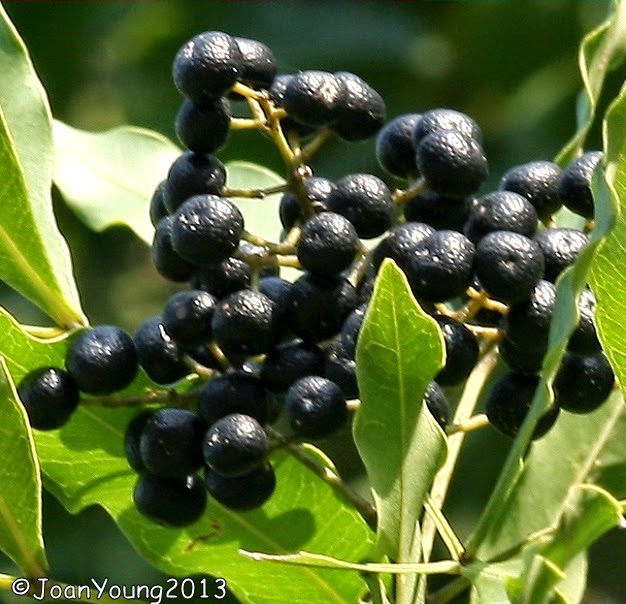Family Asteraceae
Found growing in grasslands. About 40cm in height.
For the identification of insects and other fauna and flora of South Africa.
Friday, April 24, 2015
Tuesday, April 21, 2015
Saturday, April 18, 2015
Tuesday, April 14, 2015
Friday, April 10, 2015
Tuesday, April 7, 2015
Saturday, April 4, 2015
Wednesday, April 1, 2015
Saturday, March 28, 2015
White Ironwood (Vepris undulata)
Family Rutaceae
Traditionally the powdered roots are used for influenza and colic and the leaves are burnt to dispel evil spirits. The wood is used to produce wheel spokes, handles, roof beams, furniture, ornaments and turnery.This lovely plant occurs in dune, riverine and low-lying forest along the coast from the Western Cape, through Eastern Cape to Kwazulu-Natal and the woodland and escarpment forests in Mpumalanga, Limpopo, the northern section of Gauteng and the northeastern section of the North-West Province.
Info: www.plantzafrica.com
Wednesday, March 25, 2015
Common Guarri (Euclea undulata)
The species is found widespread over southern Africa, especially in South Africa, Mozambique, Zimbabwe, Botswana and Namibia. It favours open rocky slopes, low hills with valleys, open mopane/acacia woodland, watercourses and areas with frequent or scattered termite mounds commonly referred to as heuweltjies' (little hills).
Euclea undulata is undoubtedly pollinated by insects such as bees who visit the scented flowers in abundance. Ants and honeydew-producing scale have also been noticed on the trees but it is suspected that they interact with each other rather than with the flowers. Although not very palatable, the leaves are browsed by a number of wildlife species and the fruit are eaten by birds and other mammals who disperse the seeds over large areas quite successfully.
Almost all parts of Euclea undulata are used by people or animals in one way or the other. It yields excellent firewood that produces long lasting coals.The leaves are useful as fodder for stock, antelope and small herbivorous mammals while the fruits are eaten by birds, antelope and humans although not very tasty. The hard brown heartwood is heavy and close-grained which make it durable and strong and a suitable species for making fencing posts. The bark contains suitable quantities of tannin and is used to ease headaches, while the roots provide a remedy for toothache and heart-related ailments. Alternatively the roots, when used as a powder, can be a drastic purgative. In the Western Cape leaf preparations are taken orally to treat diarrhoea and disorders of the stomach, and as a gargle to relieve throat ailments such as tonsillitis.
Info: www.plantzafrica.com
Euclea undulata is undoubtedly pollinated by insects such as bees who visit the scented flowers in abundance. Ants and honeydew-producing scale have also been noticed on the trees but it is suspected that they interact with each other rather than with the flowers. Although not very palatable, the leaves are browsed by a number of wildlife species and the fruit are eaten by birds and other mammals who disperse the seeds over large areas quite successfully.
Almost all parts of Euclea undulata are used by people or animals in one way or the other. It yields excellent firewood that produces long lasting coals.The leaves are useful as fodder for stock, antelope and small herbivorous mammals while the fruits are eaten by birds, antelope and humans although not very tasty. The hard brown heartwood is heavy and close-grained which make it durable and strong and a suitable species for making fencing posts. The bark contains suitable quantities of tannin and is used to ease headaches, while the roots provide a remedy for toothache and heart-related ailments. Alternatively the roots, when used as a powder, can be a drastic purgative. In the Western Cape leaf preparations are taken orally to treat diarrhoea and disorders of the stomach, and as a gargle to relieve throat ailments such as tonsillitis.
Info: www.plantzafrica.com
Sunday, March 22, 2015
Thursday, March 19, 2015
Subscribe to:
Posts (Atom)



















































